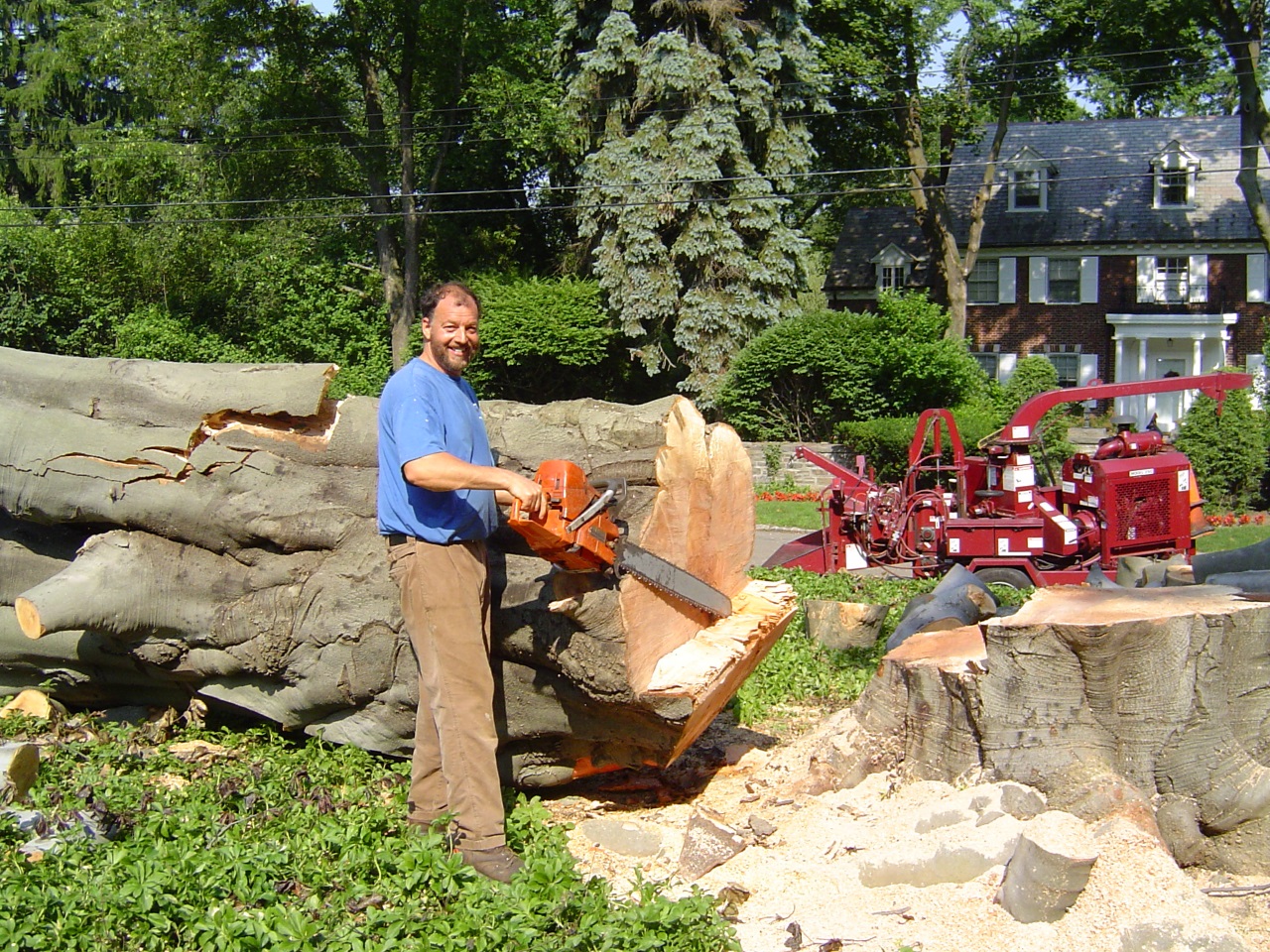Cutting down a tree in your yard should be a last resort, and in many areas there's laws preventing you from doing so. A common reason why it may be absolutely necessary is that the tree is dying and could fall and injury people or property. Cutting down a tree can be extremely dangerous. Because of that, it is usually a good idea to hire a professional to do it for you. If you are thinking of doing it yourself, however, you need to invest in the right equipment for the job. The right tools can help take some of the risk out of the equation, making it much safer to cut down a tree. You can learn more about the various types of equipment that are available for tree cutting in the following section.
Essential Equipment For Cutting Down Trees
The size of the tree that you are cutting down will largely determine what type of tools you need. Big trees usually require a chainsaw whereas smaller trees may be able to be cut down with an ax. Of course, for the fastest results, a chainsaw is always the best choice.
Deciding Between A Gas Or Electric Chainsaw
There are two basic styles of chainsaws available - those that run on gas and those that run on electricity. Although gas-powered chainsaws are easier to use in remote locations, it can be difficult to combine the right amount of gas and oil to power the saw. From an environmental standpoint, gas chainsaws also give off more emissions. Additionally, you need to factor in the ongoing cost of the fuel. Electric chainsaws, on the other hand, eliminate most of these problems. Of course, they come with a whole other set of problems of their own. The primary disadvantage of electric chainsaws is that they require the use of an extension cord. This can significantly limit the range of the saw, making it difficult to reach the base of the tree that you want to cut down. If you’re interested in one, check here https://www.progardentips.com/best-chainsaw-money-ultimate-buying-guide/
Typically, the biggest factor that affects the price of the chainsaw is the amount of power that it has. High-powered chainsaws are naturally more expensive than chainsaws that don't have quite as much power. Although you can find inexpensive chainsaws that cost less than $150, they usually are not powerful enough to cut down anything but the smallest trees. If you are dealing with a decent sized tree, you will need to plan on spending at least a few hundred dollars to find a saw that is powerful enough for the job.
Other Equipment That You May Need
A chainsaw isn't the only thing that you need when it comes to cutting down a tree. You may also need the following equipment:
A Ladder. If you are cutting down a tall tree or if you need it to fall in a certain direction, you may need to attach a rope to it to help direct its fall. This will require the use of a ladder.
A Rope. A rope can make it easier to pull down parts of the tree or to direct where you want the tree to fall.
An ax. In some cases, you may be able to skip the chainsaw altogether, opting for an ax instead. Typically, axes are best for cutting down small or rotten trees.
A Wedge. A wedge can help make the process of cutting down the tree easier, regardless of whether you are using a chainsaw or an ax.
Protective Gear. No matter what tools you use to cut down the tree, you should wear protective gear throughout the entire process. This includes a hard hat and eye protection as well as gloves, boots, and earmuffs to protect your hearing.
First Aid Supplies. Be sure to have first aid equipment within easy reach so that you can treat any injuries quickly.
Extra Equipment That May Be Helpful
Although it is not necessary, a wood chipper may be beneficial since it makes it easier to deal with the wood from the tree after you have cut it down. Although these pieces of equipment can be expensive, they may be a good investment if you frequently cut down trees. If nothing else, you should think about buying a trailer so that you can haul away the wood and debris after the tree is on the ground.
